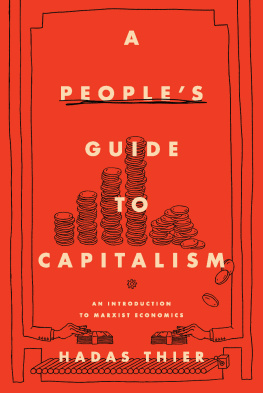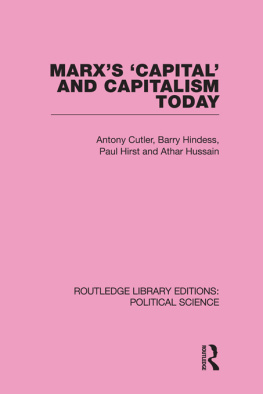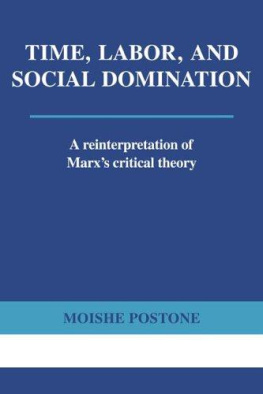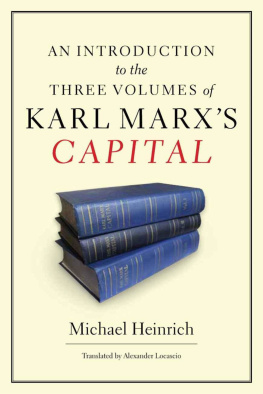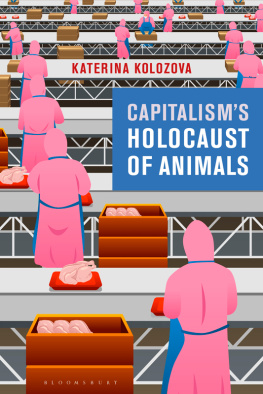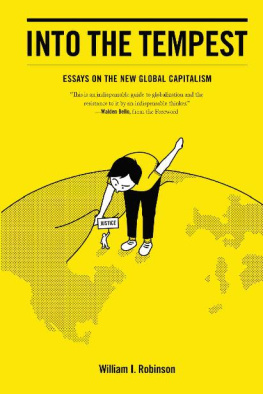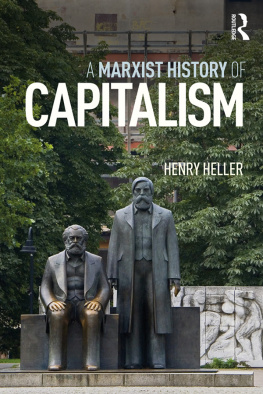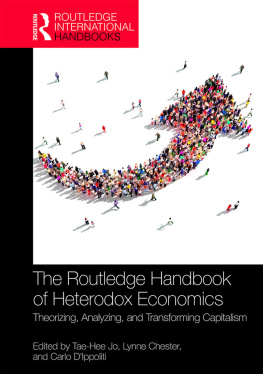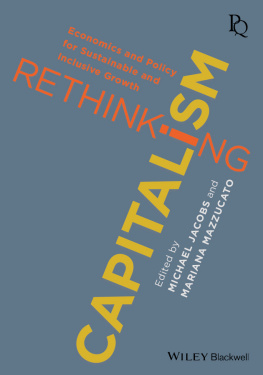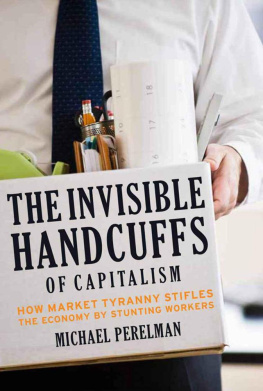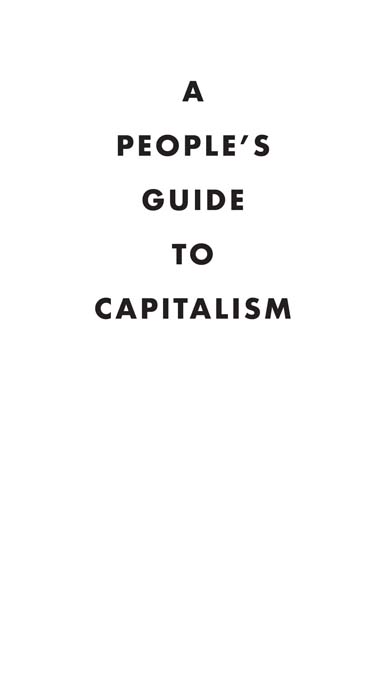
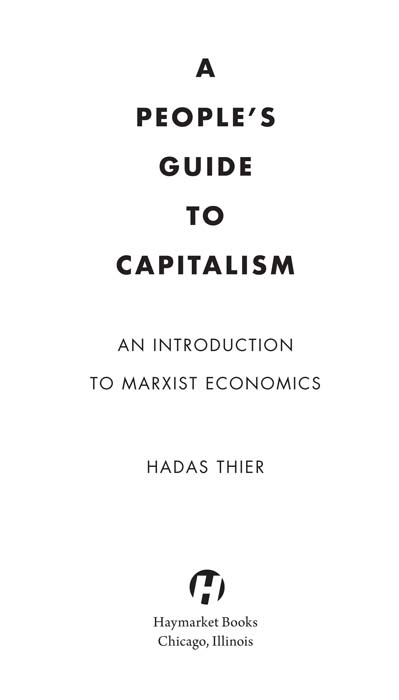
2020 Hadas Thier
Published in 2020 by
Haymarket Books
P.O. Box 180165
Chicago, IL 60618
773-583-7884
www.haymarketbooks.org
ISBN: 978-1-64259-218-4
Distributed to the trade in the US through Consortium Book Sales and Distribution (www.cbsd.com) and internationally through Ingram Publisher Services International (www.ingramcontent.com).
This book was published with the generous support of Lannan Foundation and Wallace Action Fund.
Special discounts are available for bulk purchases by organizations and institutions. Please call 773-583-7884 or email orders@haymarketbooks.org for more information.
Cover artwork, design, and interior illustrations by Tania Guerra.
Library of Congress Cataloging-in-Publication data is available.

To Uri and Tzvia Thier, who instilled in me a knee-jerk reaction to injustice, and who gave me enough confidence to do something about it.
And to Naim, with love, and with the hope that someday you can use this book to explain to your children what life was like before we relegated capitalism to the dustbin of history.
INTRODUCTION
The world is being ravaged by a coronavirus pandemic as this book goes to print. The virus first reared its head at the end of 2019 and by now, April 2020, the known number of COVID-19 cases worldwide have surpassed a million, leaving over one hundred thousand dead, with estimates that the virus will claim still hundreds of thousands of lives, if not more.
Yet it has become painfully and tragically clear that it is not merely a virus claiming lives. We are also being assailed by a society that has no problem marshaling bombs and fighter jets, but that will not assemble enough ventilators and masks to battle the pandemic. We live in a society in which decades of budget cuts have made a run on overwhelmed hospitals inevitable and which has set countries and states bidding against one another for ventilators on the free market rather than devise centralized plans for their production and distribution.
Governments responses have been uneven across the globe. In countries where authorities responded early on with widespread testing, the transmission of the disease was slowed, as cases were identified, isolated, and quarantined. While the United States, the epicenter of global capitalism, has become also the epicenter of the pandemic. At the first sign of coronavirus-related stock market trouble, the richest country in the world quickly mobilized trillions of dollars to prop up financial capital. But the government did nothing to make testing widely available. We thus faced the obscene reality of hearing about countless celebrities test results while most health care workers on the frontline battled the pandemic without access to testing.
In Brooklyn, New York, where I live, sixty-eight-year old Theresa Lococo, a pediatric nurse of forty-eight years, contracted COVID-19 on the job and died within days. Her son, Anthony, was asked by the New York Post whether widespread testing could have prevented his moms death. He answered, I dont even want to hear thatbecause it would make me feel like someone murdered my mom.
The unthinkable scale of the tragedy is the result of a capitalist perfect storm.
First, the increasing number of novel viruses is linked to the rise of factory farming, city encroachment on wildlife, and an industrial model of livestock production. Second, budget cuts and a systematic undermining of health care systems across the worldat varying levels of crisishave left countries incapable of handling a public health emergency. Finally, as coronavirus rips through our communities, the dark reality of class inequality is laid bare: who will be most vulnerable to infection, who will receive treatment, and who will be left to die? Millions of frontline workersfrom nurses to grocery clerks to delivery persons to the homeless largely unprotected and unable to stay homewill bear the brunt of the death toll.
All this is to say nothing of the unprecedented economic crisis that we are plummeting toward. Before the ashes of the health care crisis even clear, we can see beneath them a decimated economy. Again, working people are paying for this. As this book heads to print, a record-breaking 17 million jobs have been lost in a matter of three weeks. During the entirety of the Great Recession, 9 million jobs were lost. The stay-at-home lockdowns rippling through the world have, in the words of Arundhati Roy, brought the engine of capitalism to a juddering halt. With workers at home, production stands still, and supply chains are broken. Mass layoffs ensue, and millions of unemployed and underemployed workers debilitate demand.
As I frantically set upon rewriting this introduction and adding the afterword to reflect the new reality of a coronavirus-infected world, two things were clear. One, is that an understanding of the way that capitalism works, who it serves and why, is urgently needed. My hope is that this book makes a timely contribution to those discussions. Two, is that at this moment, as the book goes to print, it is impossible to predict how all of this will play out. The biology and evolution of the virus is uncertain, and the scale of the economic crisis is literally unprecedented. In the afterword I attempt to sketch out a few thoughts on the economic ramifications of the pandemic without the pretense of predictions.
The coronavirus pandemic has accelerated economic and social processes that have been unfolding over the decade since the GREAT RECESSION of 2007 to 2009, the longest and deepest crisis in the United States since the Great Depression. That distinction will, of course, be eclipsed by the current crisis. But the devastation wrought by the Great Recession was significant in its own right. And along with the weak and joyless recovery that followed, it fueled new heights of economic polarization.
The Federal Reserve reported that in 2019 the countrys top 1 percent controlled a record-high 33 percent of the wealth, while the bottom 90 percent of the adult population shared 30 percent of the wealth. See .
FIGURE 1. DISTRIBUTION OF WEALTH 2019

Source: Board of Governors of the Federal Reserve System, Distribution of Household Wealth in the US since 1989.
FIGURE 2. DISTRIBUTION OF WEALTH 19892019 (IN TRILLIONS)
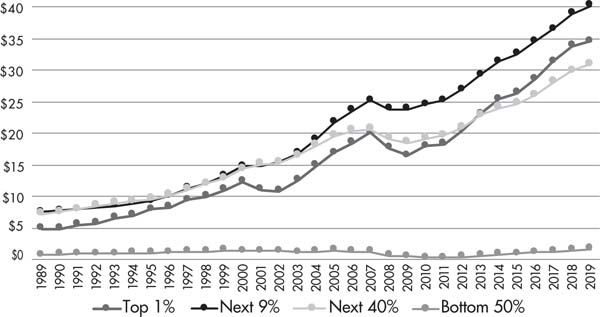
Source: Board of Governors of the Federal Reserve System, Distribution of Household Wealth in the US since 1989.
These conditions have fueled an age of global mass protests. A 2020 report from the Center for Strategic and International Studies found that mass protests have increased by 11.5 percent per year worldwide, on average, since 2009from the Arab Spring, to Occupy Wall Street in the United States, to the Indignados occupations in Spain, to strike waves in China, to pro-democracy protests in Hong Kong and Iran. As the report noted: Even when accounting for population growth, the relative number of demonstrators over the past three years is likely higher than participation in either the anti-Vietnam War movement or the civil rights movement. The need for isolation and distancing may temporarily put a pause on mass gatherings, but the circumstances that fed themeconomic inequalities, planetary crisis, and disgust with political corruptionwill only deepen in the years ahead.
Next page
